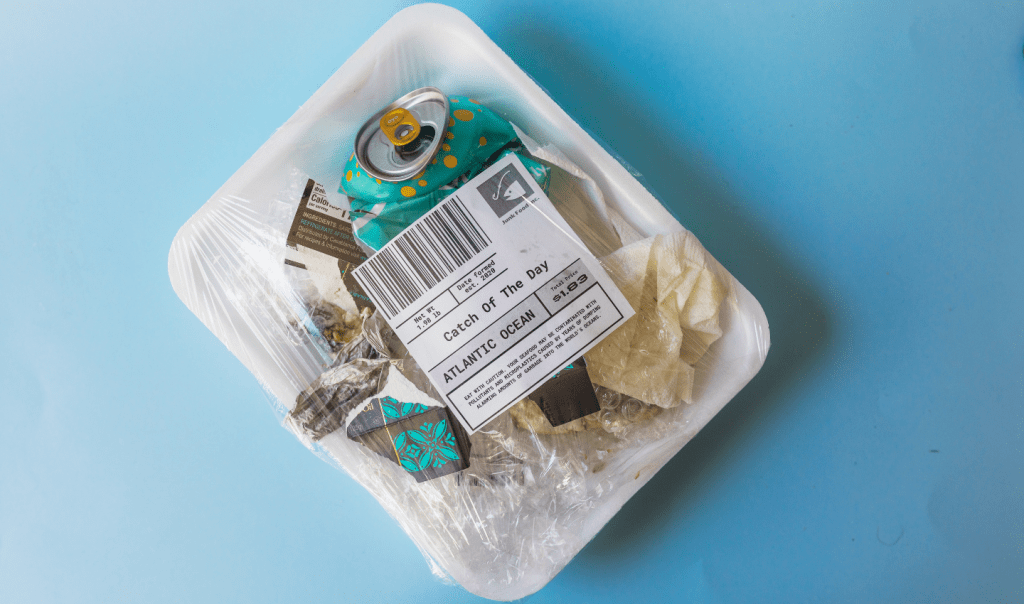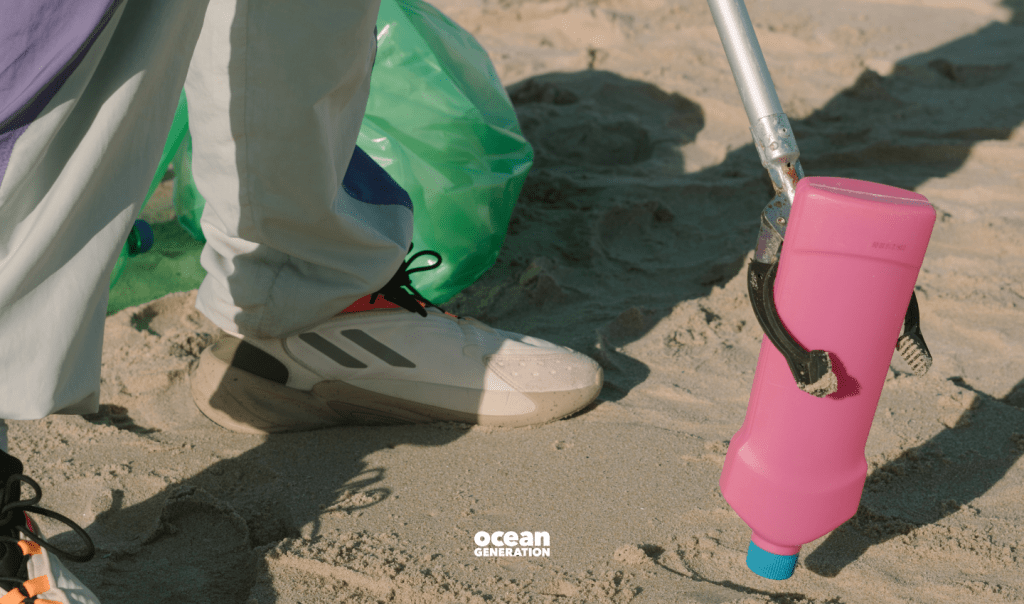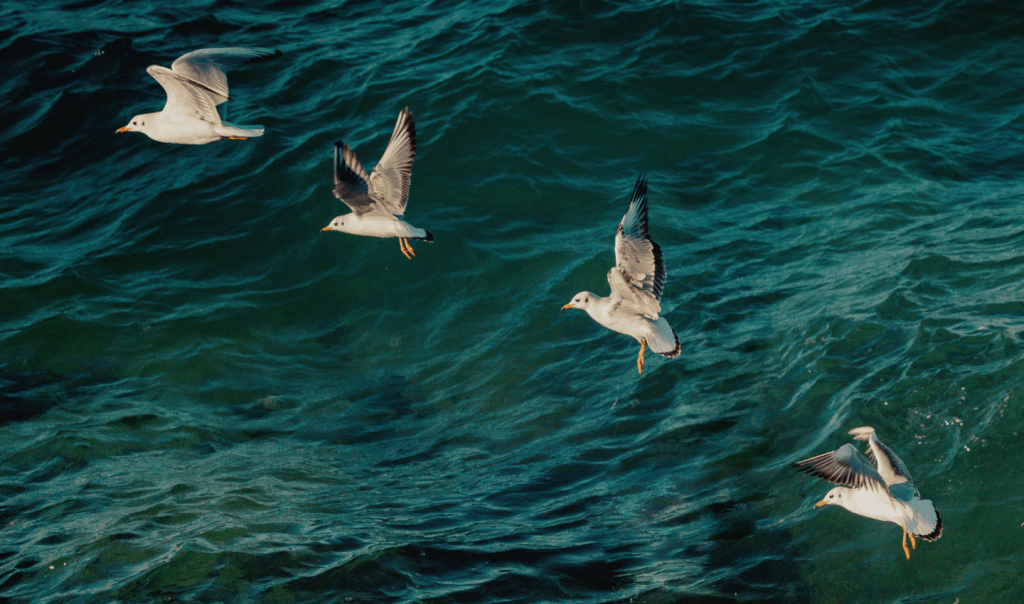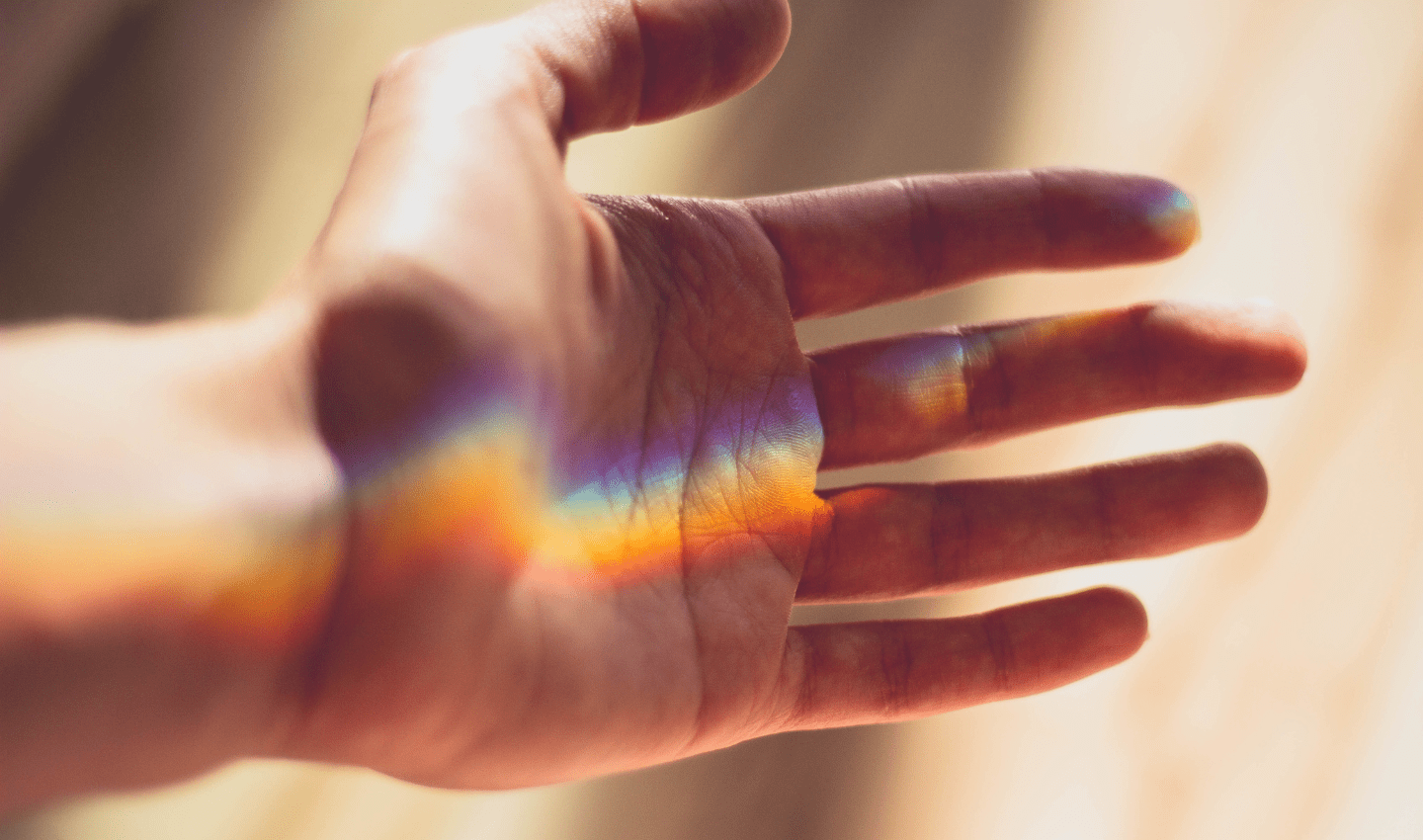- Our Impact: Threats
- Science: Explained
The History of Plastic Pollution

Understanding the plastic problem
Worldwide, up to five trillion plastic bags are used every year and up to 422 million tonnes of plastic are being produced annually.
As if that isn’t bad enough, half of all plastic produced is for single-use purposes, meaning it’s used once and then thrown away. In reality, there is no ‘away’ for a material designed to be indestructible.
For decades, our Ocean has been a dumping ground for plastic, sewage, industrial and chemical waste. While the Ocean is vast, it’s not bottomless and it’s certainly not a landfill site.
Single-use plastics are the biggest contributors to marine litter and pose severe threats to marine life, human health, and the planet. But how did we get here? When was plastic created? What can we do to take action and reduce the plastic polluting our blue planet?
What is the history of Ocean pollution?
We’re used to having our rubbish collected, sorted, recycled or put into landfill – but for millennia, people didn’t dispose of their waste as we would today.
Instead, waterways were used as a means of waste disposal or rubbish would be burned. As a result, pollution would end up in our Ocean or in the atmosphere.
Before the advent of plastics, and with a relatively small population, the amount of waste in the Ocean was rather small.
The invention of plastic: The dawn of pollution
In 1862, Alexander Parkes developed the first man-made plastic. The product, called ‘Parkesine’, wasn’t a commercial success, but it was an important step in the development of man-made plastic.
A staggering number of plastic innovations emerged in the period surrounding World War II, from 1933 – 1945. Plastic technology came to the forefront because copper, aluminium, steel and zinc became highly sought-after metals used only for the war effort.
In the 1960s, it became clearer how polluted our Ocean was getting.

Hold on: What is marine pollution?
Marine pollution refers to waste ending up in the Ocean and causing adverse effects. Specifically, marine pollution is a result of human impacts. A combination of chemicals and trash – most of which comes from land – is tossed, washed, or blown into the Ocean.
When was Ocean pollution – specifically, Ocean dumping – first reported?
We can assume that Ocean dumping has been in practice before anyone investigated it, partly because scientists didn’t attempt to research this issue before the 1960s. Many organisations used to dump their chemical by-products into waterways to remove their waste.
In the 1960s, scientists from the National Academy of Sciences discovered some alarming news: More than 100 million tonnes of waste had been dumped in our Ocean.
This report discounted plastic pollution, which we now know is one of the major pollutants in our Ocean, because it had just recently become a mainstream material. Instead, the Ocean pollution that these scientists reported largely relates to chemical, industrial and sewage waste.
How have plastics developed into a major Ocean polluter?
Between the 1970’s and 1990’s,
plastic waste generation more than tripled.
Realisation hit in the 1970’s: Plastic doesn’t ‘go away’ and it doesn’t break down; it breaks up into smaller and smaller pieces, called microplastics.
During this period, there was a significant rise in plastic production too, which resulted in more and more pollution. Scientists also discovered that seabirds were ingesting plastic materials and seals were getting trapped in plastic netting.

How have we tried to de-pollute the Ocean?
There have been legislative attempts to de-pollute the Ocean and remove plastic from our waterways.
Four years after the National Academy of Sciences scientists discovered how much waste had really been dumped into the Ocean, the U.S Congress passed the Marine Protection, Research and Sanctuaries act.
By the 1980s, the Society of the Plastics Industry developed the plastic resin identification code, to make recycling and disposing of plastics easier. But our reliance on plastic had already taken hold.
In the early 2000s, the amount of plastic waste we generated rose more in a single decade than it had in the previous 40 years.
Plastic pollution has negative consequences for all life on Earth.
Even though we know plastic pollution is bad for our blue planet, we continue to produce millions of tonnes of plastic from plastic bottles and plastic forks to plastic shopper bags to giant plastic commercial containers.
A key reason plastic continues to contribute to marine pollution is lack of awareness.
From individuals to businesses to governments – if we don’t understand the problems associated with plastic pollution and the importance of having a healthy Ocean, we won’t do anything to change our ways.
As of 2022, there are 8 billion people on Earth. We need millions of those people understanding that a healthy Ocean is essential to a healthy future for all life.
Necessary legislation to reduce plastic production and pollution will only be implemented when the masses understand how necessary that legislation is.
Up to 422 million tonnes of plastic is being produced annually.
What does the future of our Ocean look like?
We make decisions about what to purchase and what to wear daily. Choices made about how we live right now will impact the Ocean for decades to come.
So, the future health of our Ocean isn’t set. We have the ability to decide the magnitude of the plastic pollution problem. We can start making choices today to turn the tide.

We can right the wrongs of our plastic pollution history, and embrace the Ocean as the life supporting ecosystem that it is, rather than use it as a dumping ground.
We are the first generation to deeply understand Ocean issues, and the last generation who can stop them. We are all the Ocean Generation.
How can I start taking Ocean and climate action?
Get informed. Our monthly newsletter provides Ocean positive news, easy to understand Ocean science, and engaging pop-culture pieces to help you understand the human-made threats our Ocean faces and what you can do to make a difference.





